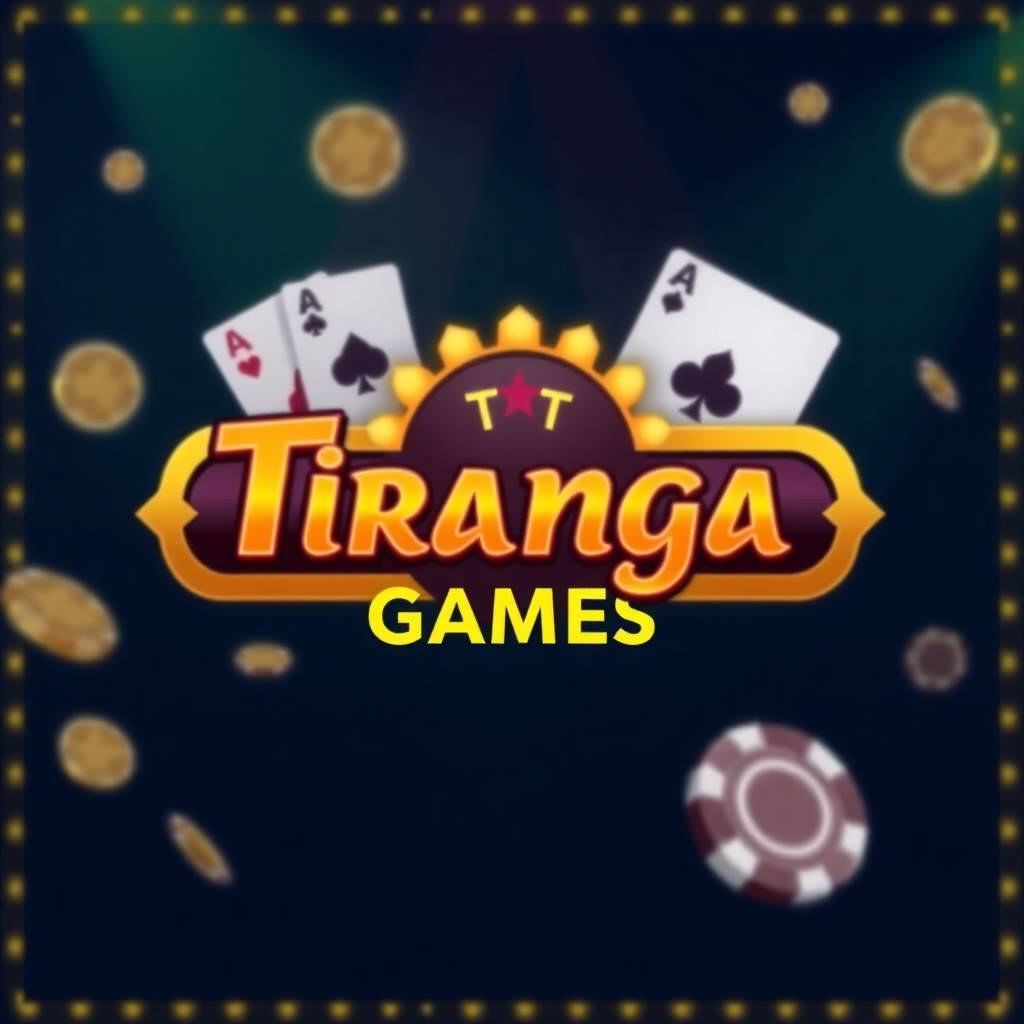Introduction to Tiranga Game
The Tiranga Game is a unique and exciting game that revolves around the theme of India's national flag, known as the "Tiranga." Tiranga, which means "tricolor," is a symbol of India's independence, unity, and diversity. The game is designed not only to entertain players but also to help them learn about the significance of the Indian flag and the values it represents. This game can be played by people of all ages and is particularly engaging during national festivals like Independence Day and Republic Day.

Objective of the Tiranga Game
The primary goal of the Tiranga Game is to help players understand the importance of the national flag while enjoying a competitive, yet fun, environment. Participants in the game work together in teams to solve puzzles, complete challenges, and answer questions related to the history and significance of the Indian flag. In the process, they also learn about the colors of the flag—saffron, white, green—and the Ashoka Chakra, which stands for the "wheel of law" and India's rich culture.
Rules of the Tiranga Game
To begin playing the Tiranga Game, a group of players (usually between four to ten participants) is required. The game can be played indoors or outdoors, depending on the space available. Here's how the game typically works:
Teams and Roles: Players are divided into two or more teams. Each team has its role and must complete a set of tasks or challenges related to the flag's symbolism.
Color Challenges: Teams must perform challenges based on the colors of the national flag. For example, the team might need to gather objects of the color saffron, white, or green in a certain time frame, symbolizing the respective colors of the Tiranga.
Trivia Rounds: Teams answer trivia questions based on India's history, the national flag, and important freedom fighters. These questions can be multiple-choice or open-ended, depending on the difficulty level chosen for the players.
Ashoka Chakra Activity: The Ashoka Chakra, a wheel on the national flag, can be incorporated into the game by having players replicate its design, or they could solve puzzles related to its history and significance.
Flag Assembly: One fun activity includes assembling a giant version of the Tiranga using colored sheets or cloth. This could be done as a timed race where each team contributes a piece of the flag, promoting teamwork and learning.
Benefits of the Tiranga Game
Educational: The Tiranga Game is a fantastic way to educate players, especially children, about the history and significance of the national flag and the values it represents, such as freedom, unity, and diversity.
Promotes Teamwork: Since the game is typically played in teams, it encourages players to work together, fostering cooperation, communication, and leadership skills.
Celebrating National Pride: The Tiranga Game serves as a reminder of India’s rich history and the sacrifices made by its leaders. Playing the game during national holidays, like Independence Day, can deepen a sense of patriotism and unity among participants.
Inclusive Fun: The game is suitable for people of all ages and can be easily adapted to different difficulty levels, making it an inclusive and enjoyable activity for family gatherings, school events, or community celebrations.
Conclusion
The Tiranga Game is more than just a fun pastime; it’s a meaningful way to celebrate India’s history, its people, and the national flag that unites the country. By combining education, teamwork, and a healthy dose of competition, the game serves as an engaging activity for all generations. Whether it’s used to teach children about the flag or to celebrate national events, the Tiranga Game is a wonderful tool for fostering a sense of national pride and unity.